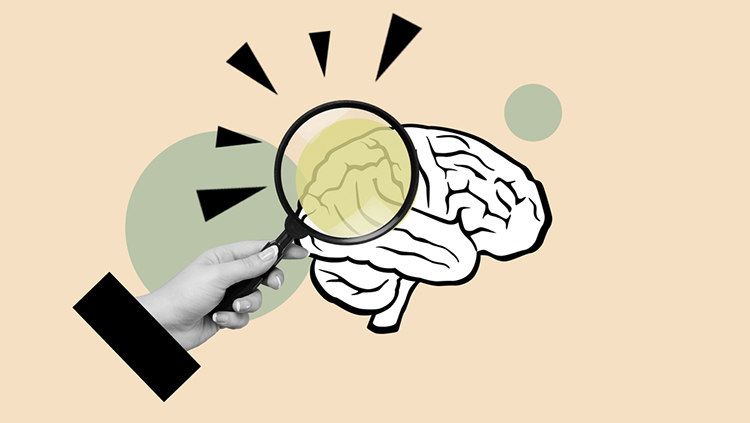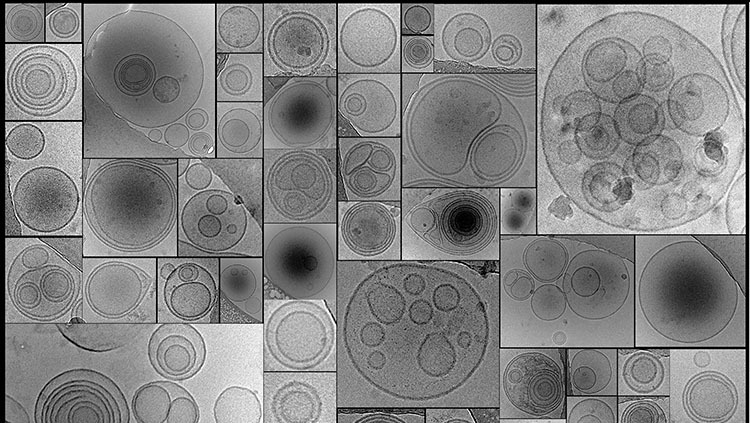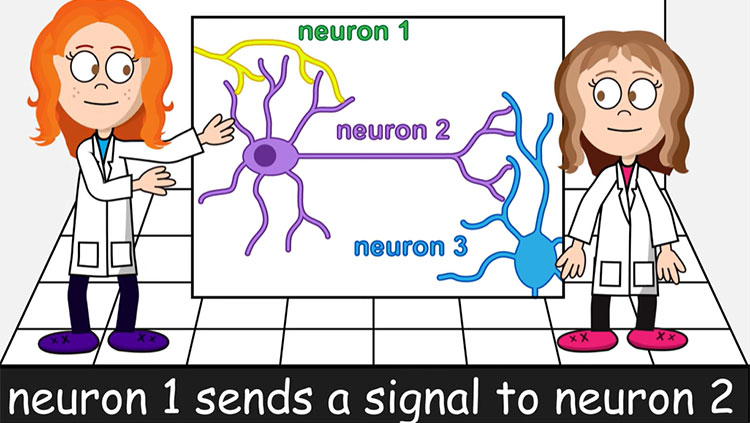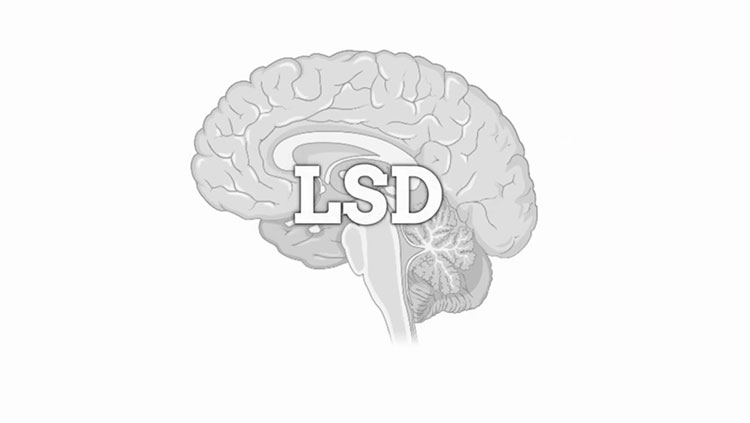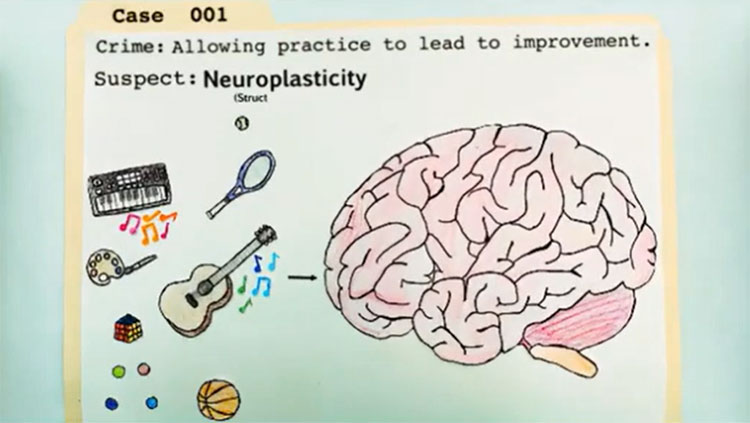Mobilizing the Brain's Chemical Messengers
- Published14 Nov 2014
- Reviewed14 Nov 2014
- Author Alexis Wnuk
- Source BrainFacts/SfN
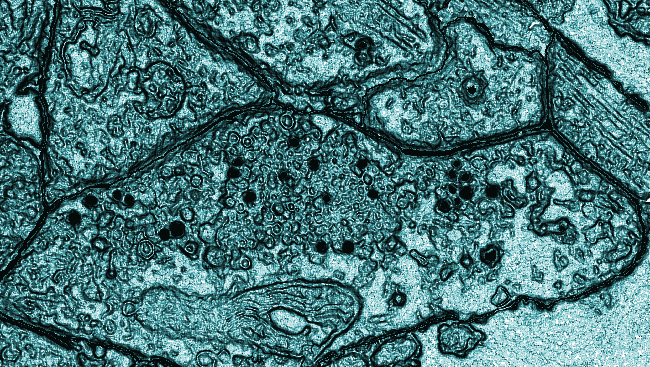
For neurons to talk to one another, they need a stockpile of chemical messengers that are ready to go. These chemical messengers, or neurotransmitters, are packed and transported to the synapse — the space between two neurons — in compartments called synaptic vesicles. Previous studies suggest that the packing and transport of these vesicles may be dependent on a family of proteins called synucleins. Scientists are particularly interested in how α-synuclein, which is implicated in Parkinson's disease, contributes to this process.
This image shows a magnified view of a synapse in a mouse that lacked all types of synuclein. The neuron terminal at the bottom (large oval) contains newly-formed synaptic vesicles (black dots). Researchers found that the absence of all synucleins in the mice slowed vesicle formation and transport inside neurons. By learning more about the synuclein family, researchers hope to better understand Parkinson’s disease and devise new therapeutic approaches.
CONTENT PROVIDED BY
BrainFacts/SfN
Also In Cells & Circuits
Trending
Popular articles on BrainFacts.org



